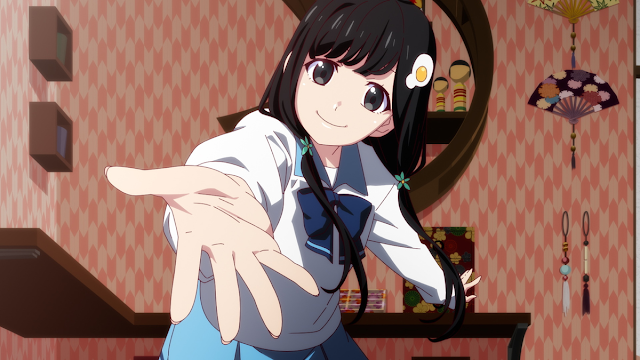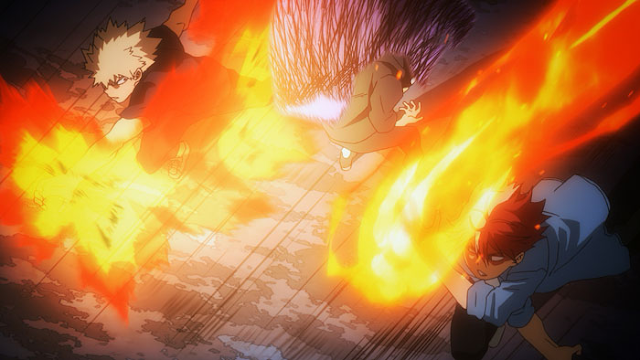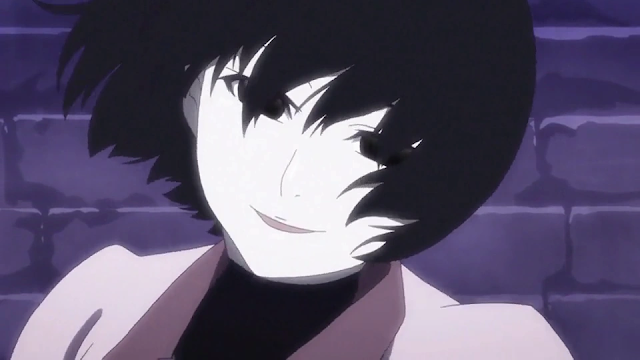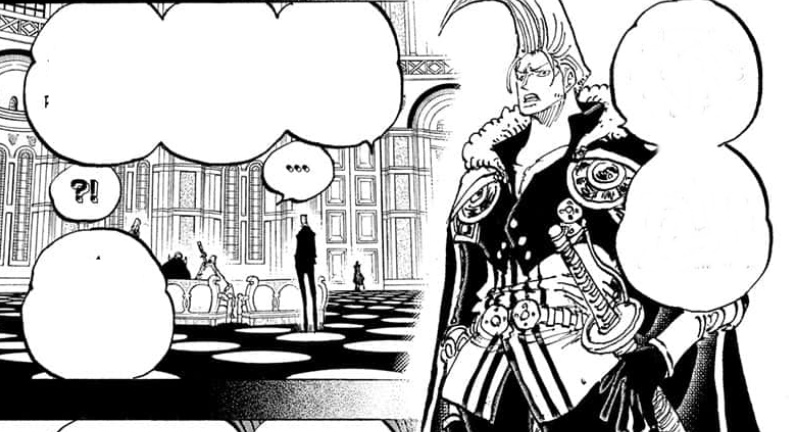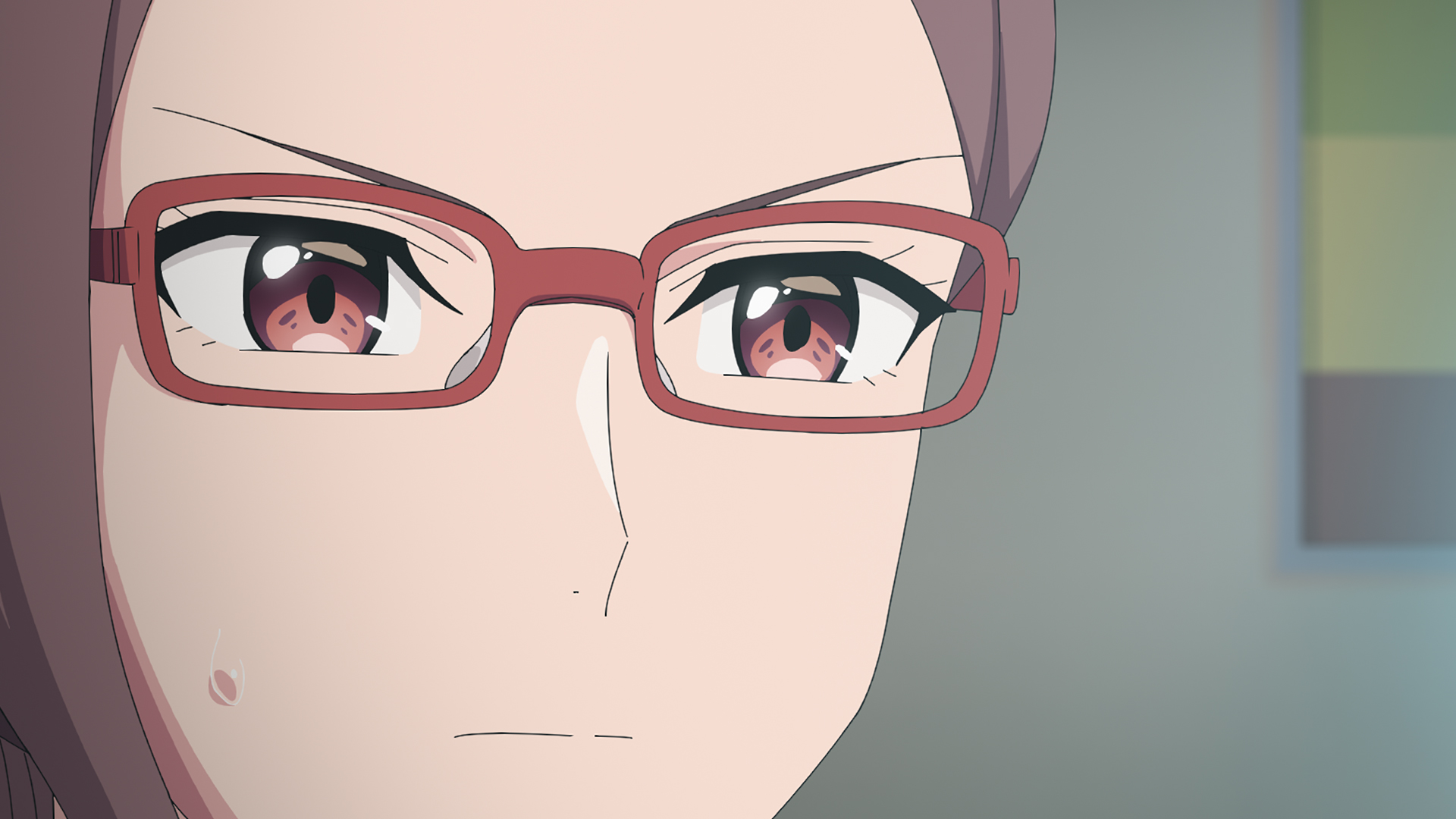
Arisunime –– Why Sakuta dreams about Himeji and why it becomes reality in Rascal Does Not Dream is one of the mysteries that shows how strongly “puberty syndrome” is connected to the psychological condition and deep feelings of the characters. In this series, dreams are not just figments of the imagination, but the real manifestation of inner conflicts and emotional relationships between the main characters.
Sakuta’s dream about Himeji is not a coincidence but rather a result of the emotional resonance caused by Himeji’s own psychological instability.
The novel explains that Himeji, who feels trapped by others’ expectations and pressured by the school situation, subconsciously “connects” herself with Sakuta, someone who has a history tied to this strange teenage phenomenon. This phenomenon makes Sakuta’s dreams a medium through which Himeji’s fears, hopes, and hidden desires can be projected onto him.
In other words, Sakuta acts as a “bridge” between reality and the psychological state of those around him, much like how he was once drawn into the problems of Mai, Kaede, and even Tomoe.
In his latest novel, it is explained that this connection is not merely a coincidence but a consequence of Sakuta’s constant confrontation with “puberty syndrome” due to his openness to others’ emotional wounds—thus, his dream about Himeji is a tangible manifestation of Himeji’s desire for recognition, and it becomes reality because the emotional bond is too strong to ignore. This phenomenon reinforces the series’ central theme that emotions, trauma, and psychological wounds during adolescence can transcend logical boundaries to influence the real world.***
